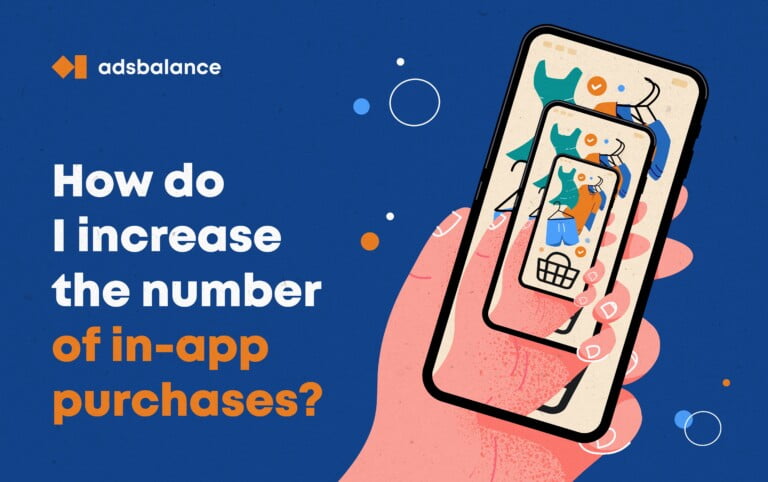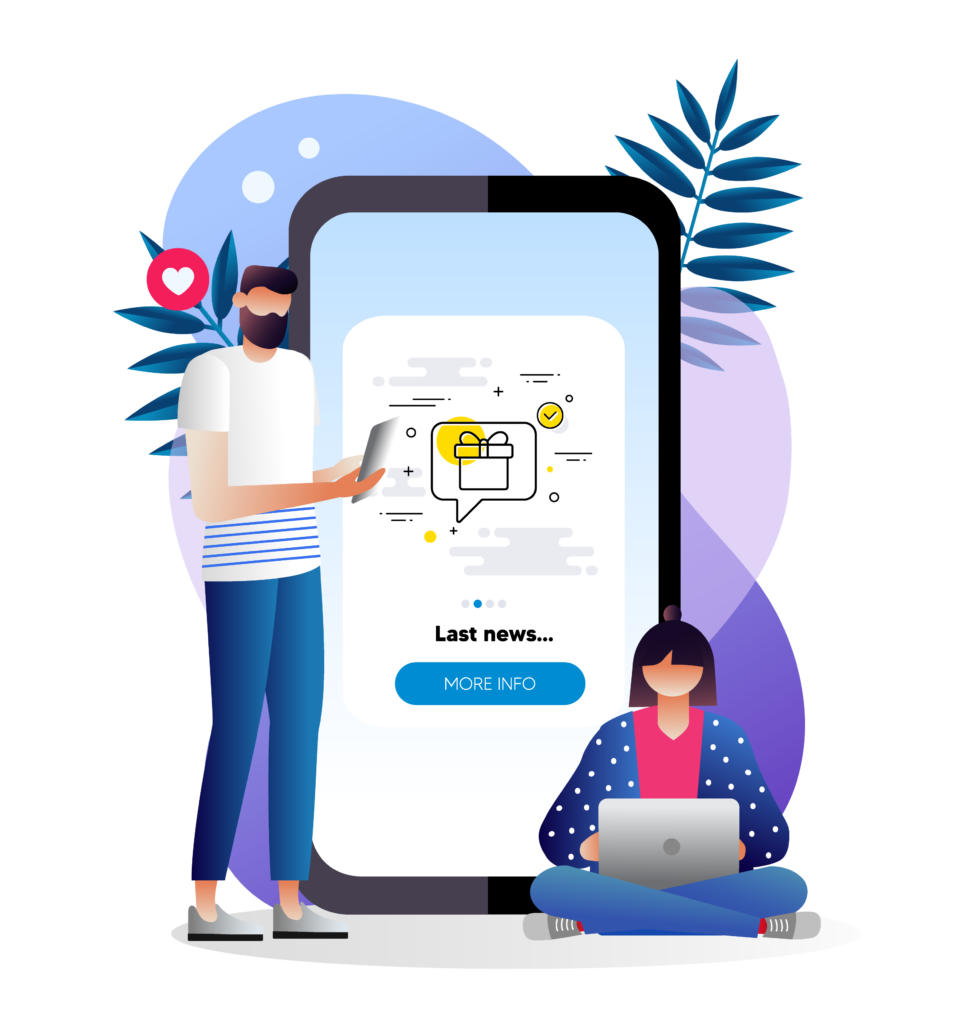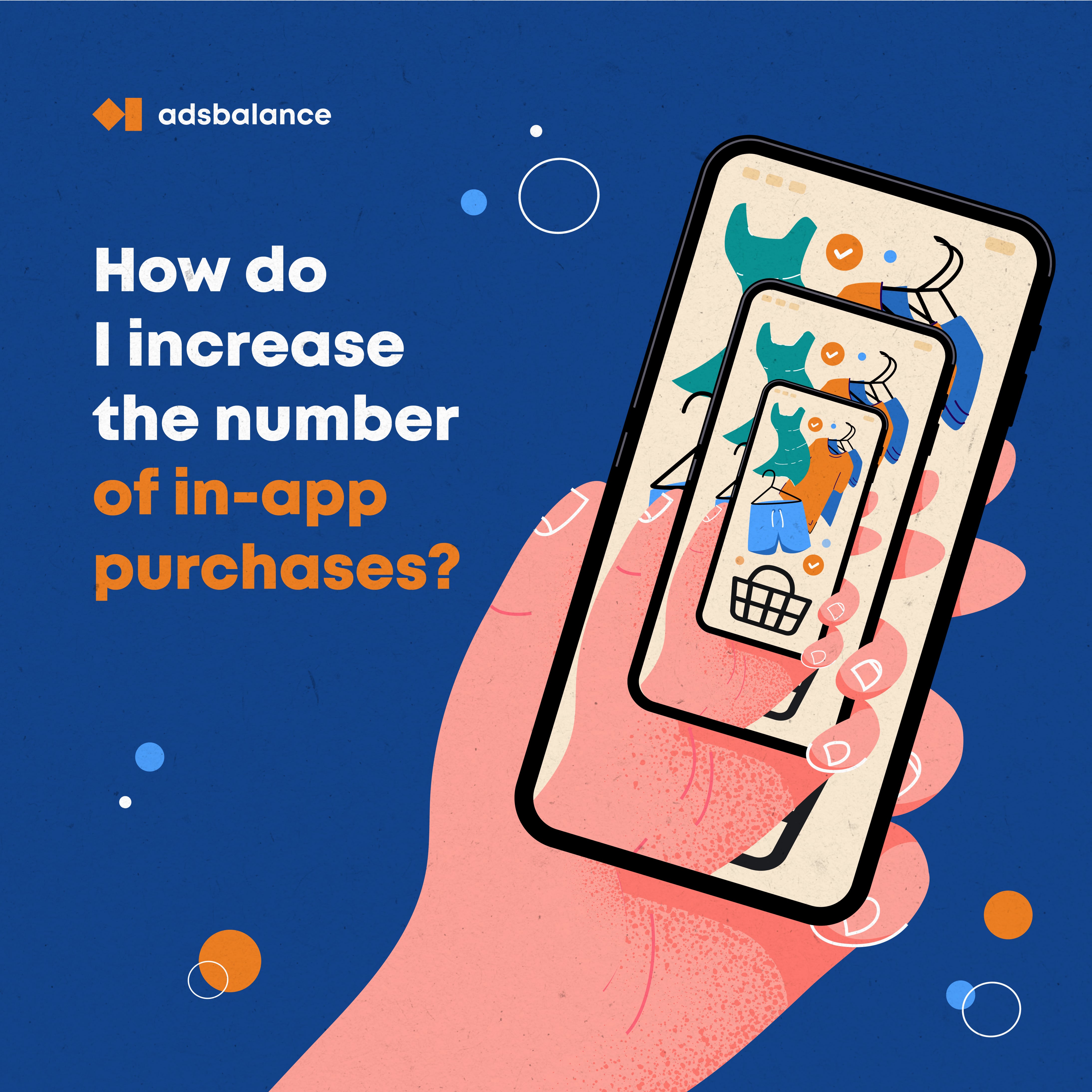
You’re all settled up, your app is alive and kicking, bringing regular income and the feeling of stability that allows you to focus on growth rather than rush and stress on the executive board meeting. Congratulations, you have a short timeout before they have new super-ambitious goals for the next quarter. Have a sigh of relief before you think of anything else. Ready?
We are 99% sure one of your next goals is revenue growth, and if your monetization model is based on in-app purchases, you’ll have to raise those metrics.
There is a lot of insider info on the point on the Internet, but only a few of the articles point out that there are two approaches or working areas: the first is all about what’s inside your app and the second one is “the rest of the world”, be it your website, PR and media activities or your price policy. We’re going to walk through both approaches and name the core points that you cannot miss (though you’ll maybe need to save some improvements for the quarter-after-next-quarter for a guaranteed picture of stable quarterly growth)
In-app stuff to make your users buy more with greater pleasure
- First and NOT (never!) least. Whether you own a game or an eCommerce project, your checkout process must be easy, short and crystal clear. All three points matter equally, you don’t choose only one (unless, of course, you want a one-third improvement instead of full). How do you make the checkout nice and easy?
- make the guest mode available (“no sms and registration” isn’t a meme for nothing)
- make the payment obviously safe (we don’t discuss that the transactions must be safe by default, but the developer’s of-course-they’re-secure approach might result in users being not so sure about the fact. A general piece of advice: if you have anything good in your product, don’t hesitate to demonstrate it. No, this doesn’t refer to your code, however beautiful it is.
- provide security for both financial stuff and personal information. Asking only for data you really need is not just good manners, but GDPR compliance. Surprised? If you have a web version, no one can deprive you of a profile zone for the volunteers to fill in anything they want and feed your customer database.
- a friendly mobile web interface might become terrific in an app, so it’s preferable to redesign the checkout logic from scratch
- don’t stop them now: show how many checkout steps there is left (we hope it’s not page 2 out of 11).
You use push notifications to communicate with your audience when they’re on the phone but outside the app. A nice trick: you can send as many pushes as you want to as long as they contain valuable information. Never send a “hey,it’s been a while, why don’t you come over?” without sale, promo, special offer information. By the way, an update is news too so it’s a way to make people curious too. Again, don’t report a bugfix (unless it has been a catastrophe), report a completely new and smooth checkout process.
Use the information you have wisely and make your offer customized and dynamically changing (the best way to send them is still pushes) Birthday discounts are so relic (doesn’t mean they don’t work), but checking the device location might be a good idea.
Many instructions forget about this, and we don’t. Eliminate all purchase bugs. Destroy them. Hire 2 more testers. Make failures impossible, or, at least, calm a user down and show a pop up screen notifying the database record is there for them and everything’s alright. There’s no frustration like paying real money for a virtual (virtual so far) thing with a payment being interrupted and without knowing whether those guys tracked the transaction or it’s lost forever. We mean it.
What about the things outside users’ phones
If everything is already nice and easy, you need to think of what makes people want to buy things in general or enjoy their shopping more than usual.
- Being rewarded for what you do is a good motivation. Offer them a loyalty program – whatever suits your business best, if you are an eCommerce product. Otherwise, think of offering extra bonuses for those who follow some in-app purchases rules: for example, buy three in-game items of the same time in a row. Make them unique, unavailable for other types of players. Also, if you think some reward points are unreachable (who would buy those magic crystals packs 1000 times if the average player buys 5?), think twice;)
- The next point which is closely related to the previous one: affiliate program. As we have seen recently with Zynn, it works well for user acquisition, but it also stimulates
- Do not neglect e-mail marketing and remarketing. Being omnichannel increases your chances to be visible and merely grabbing the user’s attention is half the battle these days. Usually you don’t have a chance to “personify” your brand in an app, but if we deal with a good old email (letter), it’s a great chance to make the communication personal (initiated by a person, not just customized). A fast food chain had a boost in their in-app purchases by creating an imaginary person who needed their help or attention. This person started as a joke that appeared in their mailout almost by mistake, but the open rate and the overall effect was so impressive they made it their schtick, and the “person” became a local meme.
- Don’t let your customers get bored. Think of different discounts, offers and activities every week, and don’t forget to A/B test and memorize the most efficient types of promotion.
Be creative, active and caring (about your users). If an approach doesn’t work, change it. If you follow those steps and do not see an improvement in your sales, maybe, it’s the product or the goods (offer) that need to be improved in the first place?:)

Do you know any other tricks? DM us, and we won’t tell anyone your little secrets, we’d rather give you a couple of statements on how to boost your app revenue that have been left offscreen:)




